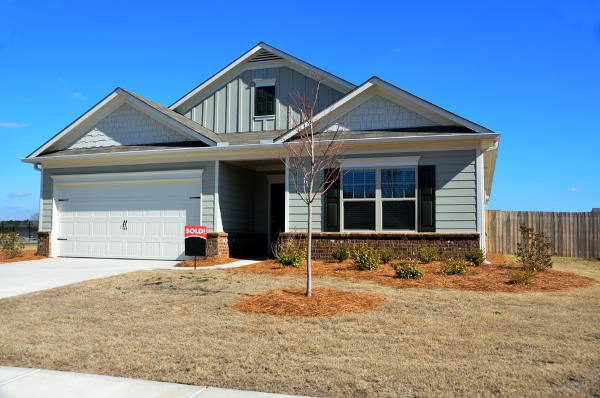Key Home Modifications to Help Seniors Age in Place
Most of us want to remain in our homes as we grow older. After all, we invest a great deal in our properties, and they hold our memories as well as our belongings. With with key home modifications, you can stay in your home as you age.
Aging in place. If you hope to remain in your home throughout your golden years, you are not alone. According to some statistics, eight out of 10 people hope to remain in their homes as they age. That can be made possible with appropriate home modifications. However, sometimes seniors opt to move into a smaller home that fits a downsized lifestyle. Review listings in your area to get an idea of what it might cost to purchase a new home. You could find a property already set up for aging in place, which avoids the inconveniences of living with remodeling.
Assess your home. A thorough home evaluation will be necessary in order to decide how to improve your home’s accessibility. You can use a home accessibility checklist to help with your assessment. Here are some key elements to look for:
- At least one step-free entrance to the house.
- One level living, preferably on the ground floor. This should include a bedroom, bathroom and kitchen.
- The National Aging in Place Council recommends that the interior of the home should be free of thresholds.
- Rooms should provide ample floor space for navigating with a wheelchair or other assistive device.
- Hallways and doorways should be broad enough for wheelchairs.
Simple modifications. Many of the modifications homeowners can make to improve accessibility are easy and straightforward. Here are some of the basics:
- Door knobs and faucet handles should be lever-style, which are easier to maneuver than rounded knobs.
- Install an elevated toilet.
- Install grab bars (which are available for under $20) in the bathroom area.
- Edit furniture to free up floor space, which will ease navigation throughout the home.
- Install a closet system with storage at varying heights.
- Install rocker light switches, ideally 36 to 40 inches above floor height.
- Enhance storage in the kitchen area with shelving and drawers easy to access from a seated position.
- Improve lighting with brighter bulbs, added fixtures and added nightlights.
- Move electrical outlets and thermostats so they can be accessed from a seated position.
- Install nonslip strips in bathrooms.
- Secure handrails on each side of stairwells.
- Add a seat (these can be purchased for under $25) in the shower stall for seated washing.
More involved modifications. Sometimes homeowners opt for more drastic modifications, based on need, convenience or potential need. The following modifications are more involved but add increased accessibility:
- Kitchen countertops at varying heights so they can be reached from a seated position.
- Clearance added beneath kitchen and bathroom sinks to access from a seated position.
- Bathroom areas should provide sufficient floor space to navigate with a wheelchair. If you need your bathroom remodeled, the cost will usually range from $6,562 to $14,585 in Milwaukee.
- Shower area free of thresholds.
- Kitchen area provides 42 to 48 inches between kitchen islands and wall-mounted cabinets.
- CNBC recommends installing a smart toilet, which can clean and dry the user.
Paying for modifications. You may be able to receive assistance in paying for home modifications. Some professionals note seniors can receive grants or waivers for aging in place and disability issues through government-based programs. Some pay for remodeling and some pay for assistive technology or special equipment. One suggestion is to check with your state’s Medicaid program for more information.
Stay home in your golden years. With some well-chosen changes you can remain in your home as you age. Evaluate your property, make alterations to improve accessibility, and get funding if necessary. You can age in place safely and comfortably with the right modifications.
This article was written by Hazel Bridges – an advocate of health and wellness for seniors.

